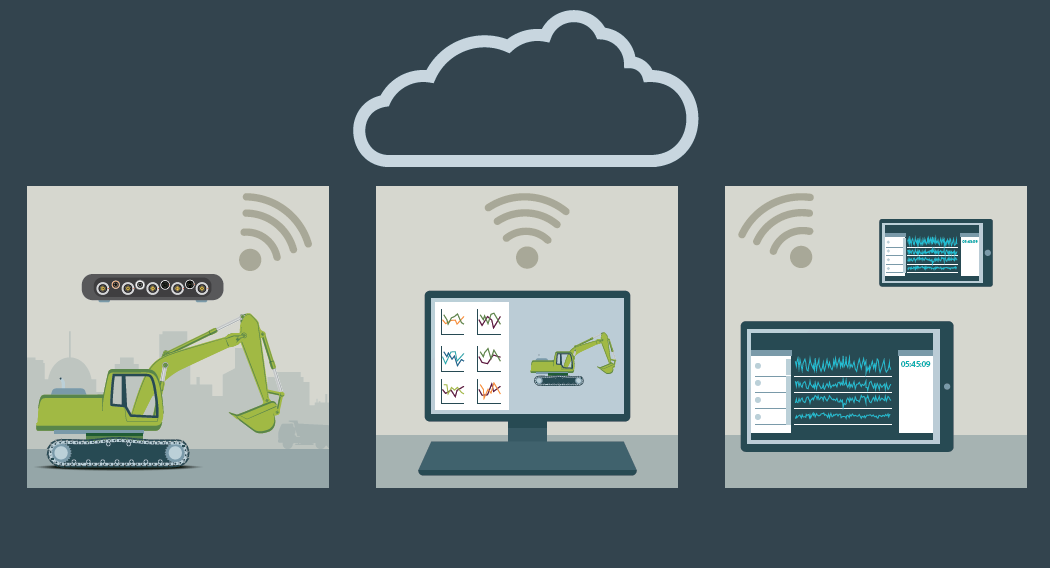Simulation Trends for 2018

 With the first month of the New Year behind us, we already see the trend of leveraging simulation and digital twins to speed up product development and engineering in 2018. Over the years, we have invested in technologies that allow you to build and use holistic digital twins to assist decision making during all phases of development and address multi-physics behavior across mechanical, electrical, and software functions. With that being said, we don’t plan on stopping anytime soon.
With the first month of the New Year behind us, we already see the trend of leveraging simulation and digital twins to speed up product development and engineering in 2018. Over the years, we have invested in technologies that allow you to build and use holistic digital twins to assist decision making during all phases of development and address multi-physics behavior across mechanical, electrical, and software functions. With that being said, we don’t plan on stopping anytime soon.
Less than a year ago, we acquired Mentor Graphics, TASS International, and Infolytica, allowing us to add advanced capabilities in electronics simulation and testing, autonomous driving and integrated safety systems, and electromagnetics to our portfolio. 2018 will surely be an exciting year as we experience a big shift in technologies. Here are our top four predictions:
Prediction #1: Increased Focus on Technologies for Autonomous Driving
Autonomous driving has been a popular topic for a while and we plan on making some notable progress in the months to come. Our acquisition of TASS International has helped us deliver solutions for the development of advanced driver assistance systems (ADAS). This innovation takes us a step closer to allow the drivers to sit back and relax, while the car chauffeurs us to our desired destination.
 Simulation of LIDAR-based object detection and classification
Simulation of LIDAR-based object detection and classification
Prediction #2: Further Advancing Generative Design and Simulation of Additive Manufacturing Processes
In the aerospace industry, we see challenges for fuel efficiency leading to increased use of composites, additive manufacturing, and new propulsion concepts, while facing stricter regulations. We are in the process of advancing generative design and simulation of additive manufacturing processes to address this issue.
 Prediction of residual stresses in turbine blade manufactured via an powder bed fusion additive manufacturing process
Prediction of residual stresses in turbine blade manufactured via an powder bed fusion additive manufacturing process
Prediction #3: Additional Usage of Software-In-The-Loop, Hardware-In-The-Loop, and Real-Time Simulation Support
Mechatronics and cyber-physical systems are also expected to grow across many industries, as well as an increasing importance for simulation to support controls and embedded software. To meet these needs, we are developing advanced systems simulation techniques and combining them with traditional CAE. Our solutions for software-in-the-loop (SIL), hardware-in-the-loop (HIL), and real-time simulation support validation of complete mechatronic systems. (Here is an example)
 Digital twin co-simulation model with live operational data
Digital twin co-simulation model with live operational data
Prediction #4: Continued Focus on Frontloading Simulations
Other ideas that will gain momentum in 2018 include frontloading of simulations to assist the early design phases, design exploration methods, and use of simulation data management to support tighter collaboration across various teams. Our strategy for simulation-driven design is to deliver scalable simulation solutions embedded in the environments for simulation experts and discipline specialists. Additionally, integrations with Teamcenter will allow greater productivity with model, data, and process management for simulation workflows.
 Frontloading simulations with simulation-driven design
Frontloading simulations with simulation-driven design
As we experience an increase of simulation usage, it will be a challenging, yet exciting time for the companies that we serve. What are some other trends you see emerging for 2018?


